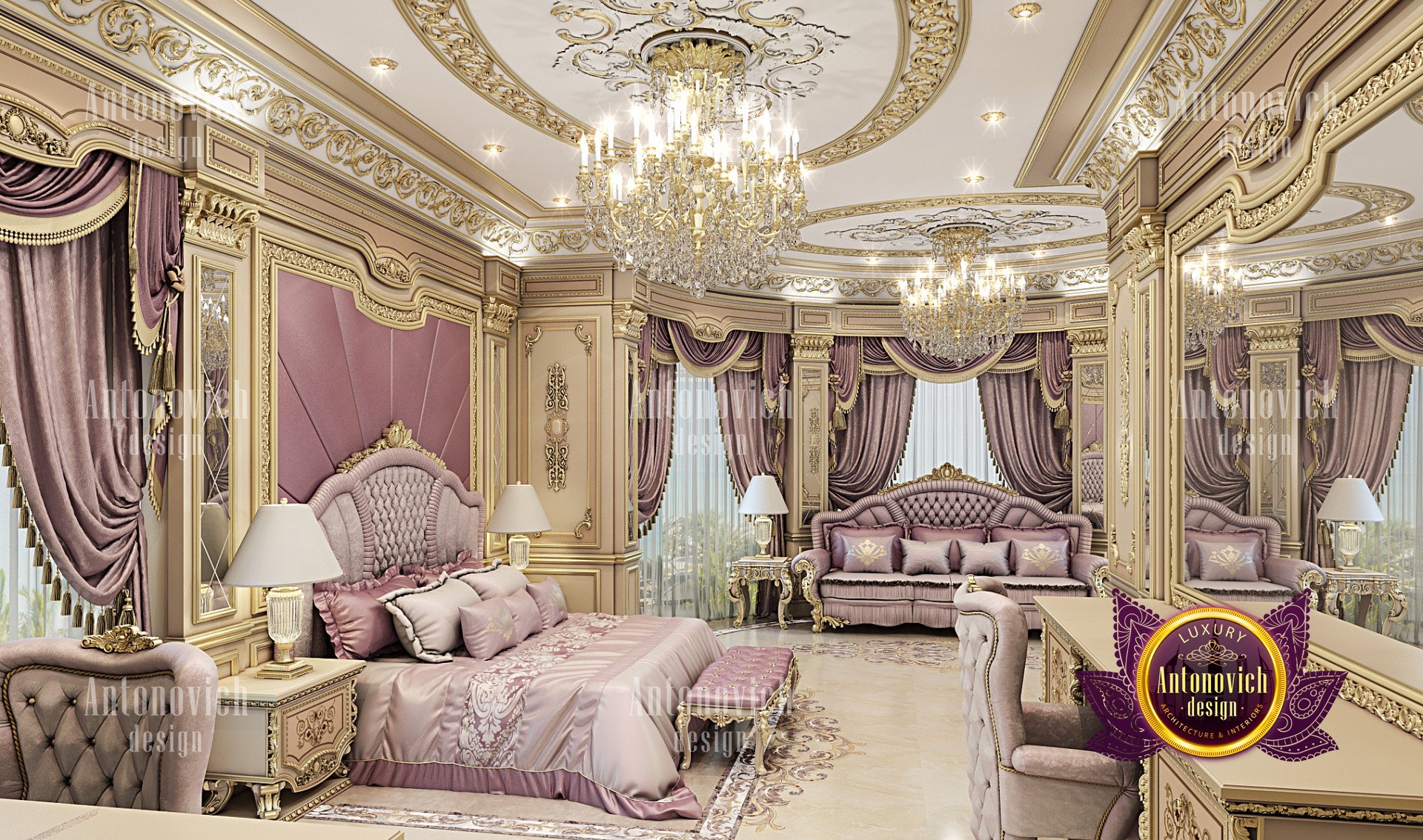A Royal Palette

The color palette of a royal bedroom is a key element in creating an atmosphere of grandeur and elegance. A carefully chosen color scheme, combined with luxurious fabrics, can transform a simple room into a haven fit for royalty.
Color Choices for a Royal Bedroom, Large royal bedroom furniture
The colors chosen for a royal bedroom often reflect historical influences, personal preferences, and the overall aesthetic desired. Here are some common color choices:
- Deep Reds and Burgundies: These colors evoke a sense of power, luxury, and warmth. They are often associated with royalty and nobility, as seen in the crimson velvet robes of European monarchs.
- Rich Blues and Greens: These colors create a calming and sophisticated ambiance. They can range from deep indigo to emerald green, adding a touch of nature’s elegance to the space.
- Gold and Silver: These metallic hues are synonymous with opulence and grandeur. They can be used as accents, such as in trim, furniture detailing, or decorative objects, to add a touch of regal splendor.
- Creams and Ivory: These neutral colors provide a luxurious backdrop for bolder accents and create a sense of spaciousness and light. They are often used in combination with other colors to create a balanced and sophisticated look.
The Role of Fabrics
The fabrics chosen for royal bedroom furniture play a crucial role in creating a luxurious ambiance. Here are some examples:
- Silk: Known for its lustrous sheen and smooth texture, silk is the epitome of luxury. It drapes beautifully and adds a touch of opulence to any room.
- Velvet: With its soft, plush texture and rich appearance, velvet is another fabric that exudes luxury. It is often used for upholstery and curtains, adding a touch of warmth and elegance to the space.
- Brocade: This richly patterned fabric features intricate designs woven into its surface, creating a visually stunning effect. It is often used for draperies, upholstery, and wall coverings, adding a touch of regal grandeur to the room.
The Art of the Royal Bed: Large Royal Bedroom Furniture

The royal bed is more than just a place to sleep; it’s a statement piece that reflects power, opulence, and the grandeur of the royal lineage. A grand royal bed is a testament to the craftsmanship and artistry of the time, showcasing intricate details and luxurious materials.
Canopy Styles
Canopies, often elaborately draped with rich fabrics, were a defining feature of royal beds. They served both practical and aesthetic purposes, providing privacy, shielding from drafts, and adding a touch of regal drama.
- Four-Poster Canopies: The most common style, with four posts supporting a canopy that extends over the bed. This design created a sense of enclosure and intimacy.
- Tester Beds: These beds featured a flat canopy, often supported by a decorative frame or a single post, creating a more open and airy feel.
- Baldachin Beds: These beds featured a dome-shaped canopy, often intricately decorated with carvings and embroidery, evoking a sense of grandeur and opulence.
Headboard Designs
Royal headboards were often masterpieces of craftsmanship, incorporating intricate carvings, luxurious fabrics, and decorative elements that reflected the royal family’s status and taste.
- Carved Wood Headboards: Intricate carvings depicting floral motifs, heraldic symbols, and scenes from mythology were common, showcasing the skill of the woodcarvers.
- Upholstered Headboards: Rich fabrics like velvet, damask, and brocade were used to create luxurious and opulent headboards, often adorned with elaborate embroidery or tapestry.
- Metal Headboards: Forged iron or brass headboards were often used in royal beds, with intricate designs and gilded finishes that added a touch of elegance and grandeur.
Bed Frame Materials
The materials used for the bed frame were a testament to the wealth and status of the royal family.
- Wood: Oak, walnut, and mahogany were popular choices for royal bed frames, prized for their durability and rich grain patterns.
- Metal: Forged iron or brass bed frames were often used, showcasing intricate designs and decorative elements.
- Ivory: In some instances, ivory was used for decorative elements on royal beds, adding a touch of exotic luxury.
Examples of Historical Royal Beds
Throughout history, royal beds have been iconic symbols of power and luxury.
- The Great Bed of Ware: This massive bed, dating back to the 16th century, was a marvel of Elizabethan craftsmanship. It was designed to accommodate up to 12 people and is considered one of the largest beds ever built.
- The Royal Bed of Louis XIV: This bed, located in the Palace of Versailles, was a masterpiece of Baroque design. It featured a grand canopy, gilded wood carvings, and luxurious fabrics, reflecting the opulence of the Sun King’s reign.
- The Bed of Marie Antoinette: This bed, located in the Palace of Versailles, was a symbol of the Queen’s extravagance. It was decorated with intricate carvings, gilded wood, and luxurious fabrics, showcasing the opulence of the French court.
A Modern Royal Bed
A modern royal bed can blend traditional elements with contemporary aesthetics, creating a statement piece that is both timeless and luxurious.
- A Canopy with a Modern Twist: A minimalist canopy made of lightweight fabric, suspended from a sleek metal frame, can create a sense of drama and intimacy while maintaining a contemporary feel.
- Upholstered Headboard with Geometric Patterns: A headboard upholstered in luxurious velvet or leather, with geometric patterns or subtle embroidery, can add a touch of sophistication and modern flair.
- Bed Frame with a Sleek and Minimalist Design: A bed frame made of polished metal or wood with clean lines and minimal ornamentation can create a sense of elegance and modernity.
